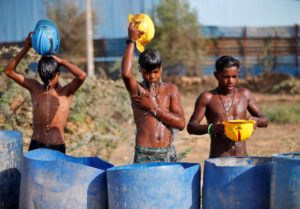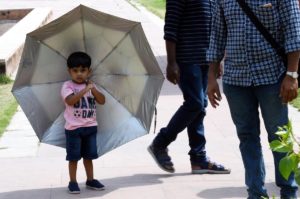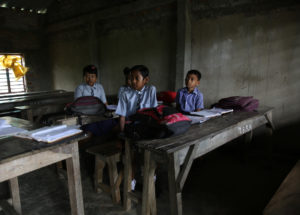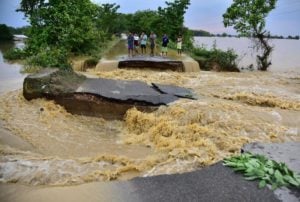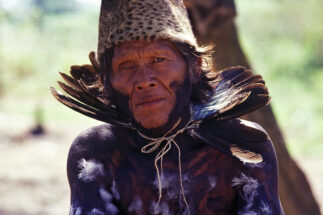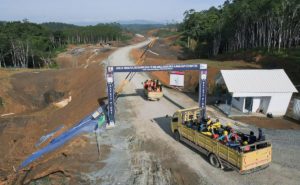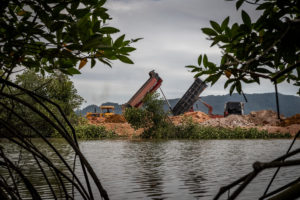Editor’s note: This is the first in a three-part video series that explores how people in some of South Asia’s hottest towns and cities experience crippling heatwaves. Filmed at the height of last year’s heatwave in May, and published on the cusp of this year’s hot season, vloggers from Bangladesh, India and Pakistan use video diaries to share a day in their lives in times of intense heat.
Through these vlogs, we explore the human impacts of soaring temperatures through the experiences of journalists from diverse backgrounds in three different countries. Complementing our reporting and analysis on the science of the climate crisis, the series depicts what it means to live in a region highly vulnerable to the impacts of climate change.
As Nasib Ahsan, a multimedia journalist based in Dhaka, Bangladesh, prepares to film his vlog in the morning of 19 May 2022, the temperature outside is already 30 degrees Celsius. Given the high humidity, it feels much hotter.
Ahsan’s job requires him to travel all over Bangladesh. But on this day, he’s heading into the office. En route, he moves through Dhaka’s traffic jams in scorching heat. People around him are drenched in sweat. Stalls selling sugarcane juice and coconut water offer glimmers of relief, but the price has risen given increased demand.
Ahsan reaches his office overheated and exhausted. His home and office are air-conditioned, but the comfort of cool air does not extend to the streets, nor the many people in Dhaka who work outdoors all day long. Like Ahsan, many in Bangladesh’s hottest cities are struggling.
In 2023, a mild heatwave had already arrived in parts of Bangladesh by mid-March. Last year, temperatures reached 39C in areas of Rajshahi and Syedpur in July, raising concerns over risk to the country’s agriculture. Along with health implications, extreme heatwaves are driving losses in labour productivity worth around USD 6 billion to Dhaka’s economy every year.
Those who suffer the most from heatwaves in South Asia are often vulnerable and low-income groups, who may have less access to cooling, and be less able to withstand the impacts of extreme heat on their health and livelihoods. Many people across Bangladesh, India and Pakistan, who share similarities in climate, society and culture, are in the same boat when it comes to battling heatwaves. And while government guidelines may aim to offer help and guidance, support for the hardest hit is far from enough.
Watch part 2 and part 3 of our video series on surviving South Asia’s heatwaves.
Production credits:
Filmed by Nasib Ahsan
Edited by Lizi Hesling
Copyright notice:
This video is released under the Creative Commons Attribution Non-Commercial licence. For a copy of the video file or a clipreel of the footage used, please contact us at: [email protected].
